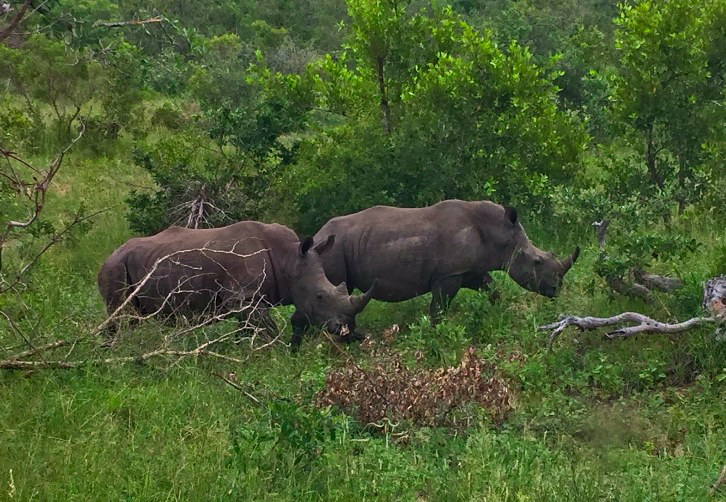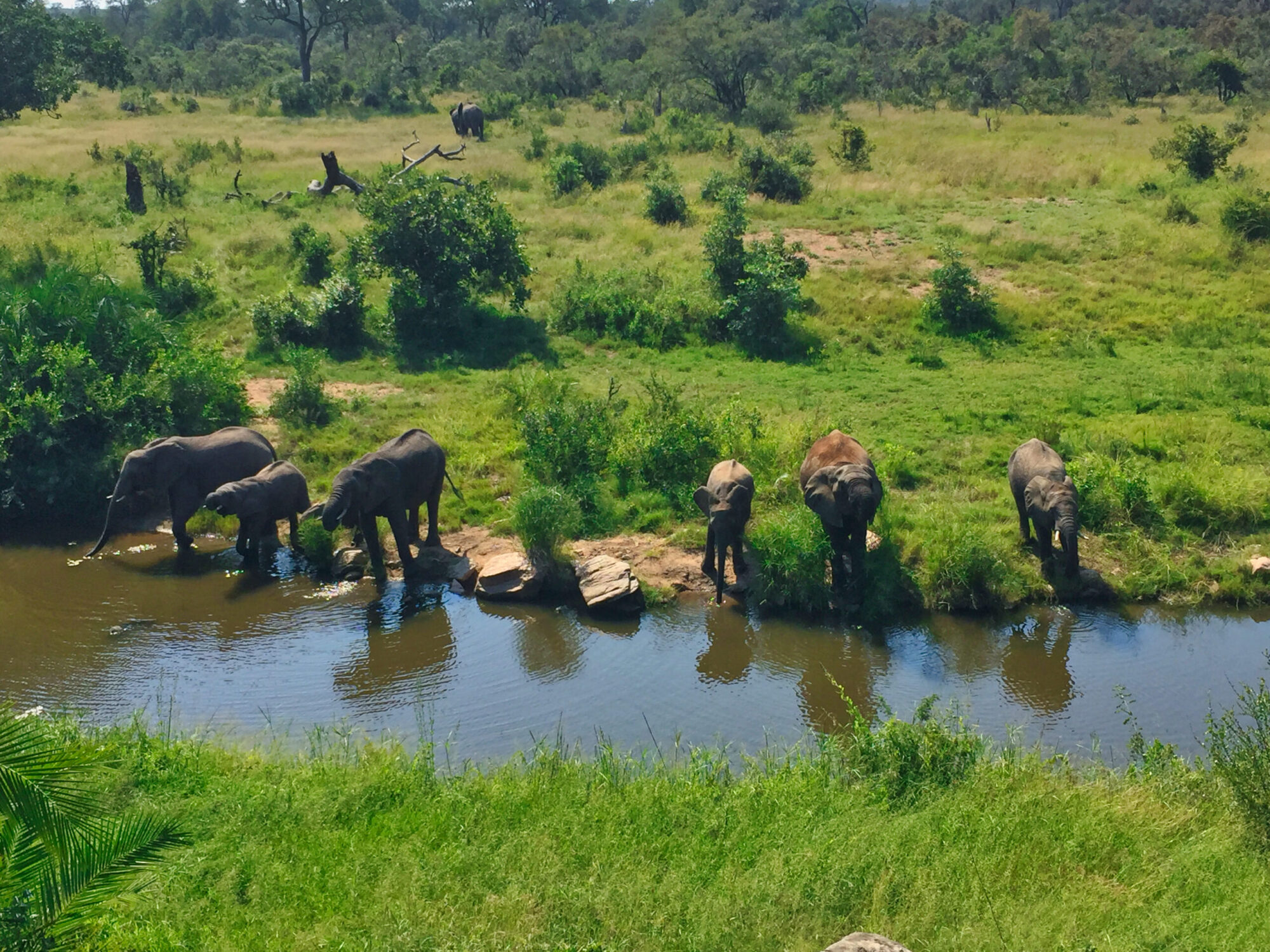
World Rhino Day brings to light the myths that contribute to the decreasing populations, in addition to celebrating all five species of rhinos. World Rhino Day is not about all the mistakes we made that led us to this situation with rhino species on the brink of extinction but also to appreciate the hard work that has gone into huge conservation successes. One such species that was pulled back from the brink was the white rhino. If you want to find out more about that, click on the link below.
Read: Back from the Brink: How White Rhino Numbers Increased 34,000%
There are five rhino species in the world, each species branching out into further subspecies. The rhino species are the white rhino, the black rhino, the Greater One-horned rhino, the Sumatran rhino, and the Javan rhino. The white rhino, thanks to the valiant efforts of conservationists, now has between 17,000 and 19,000 members while the black rhino numbers between 5,300 and 5,600 individuals. The white and the black rhino species are found exclusively on the African continent while the other rhino species are scattered across Asia.
The Javan rhino subspecies was declared extinct in Vietnam after the last known individual was killed at the hands of poachers in Cat Tien National Park, leaving the only population in Ujung Kulon National Park in Java, Indonesia where only 72 remain. Its Sumatran counterpart is in a similar situation with less than 80 on the islands of Sumatra and Borneo. The Greater One-horned Rhino is another conservation success story, with numbers ranging between 100 and 200 rhinos in the early 1900s and now almost 3,600 strong, according to Save the Rhino.
A positive development has occurred recently with two new Javan rhino babies that have been spotted yesterday, a sign that the Javan rhinos have been able to find mates and breed. It’s good news as it shows that their fragile population is increasing.
Rhinos, across the world, have had their habitats decimated by human development and, therefore, both this keystone species and their carefully balanced ecosystems are at stake.
What can you do to help?
You can adopt a Sumatran rhino here or adopt a rhino on WWF UK here. The symbolic adoption will contribute to efforts to save the remaining habitats of the species. Always discourage others from buying rhino horn products as they have no medicinal value and educate others about the dire situation that the rhinos are facing.

